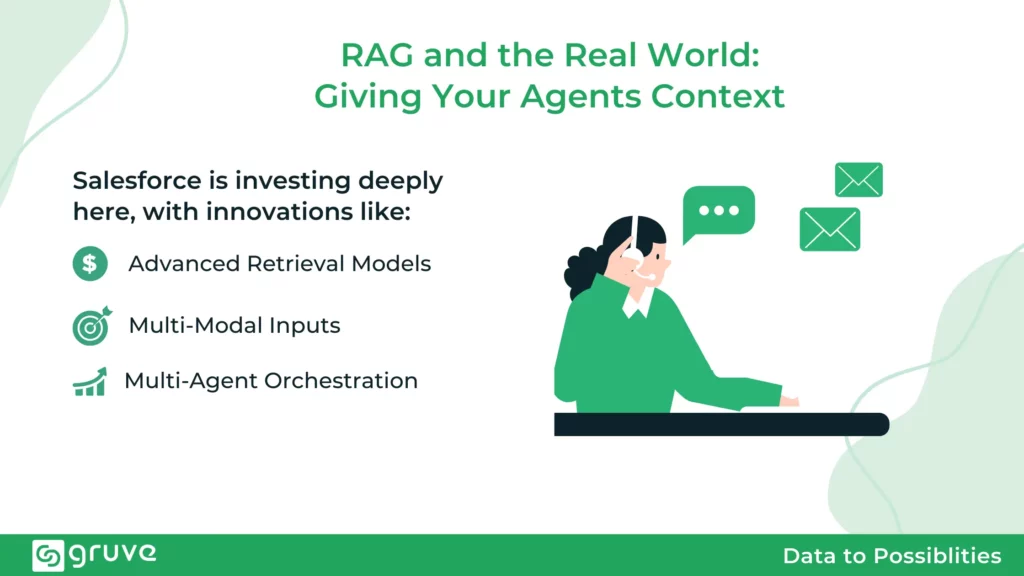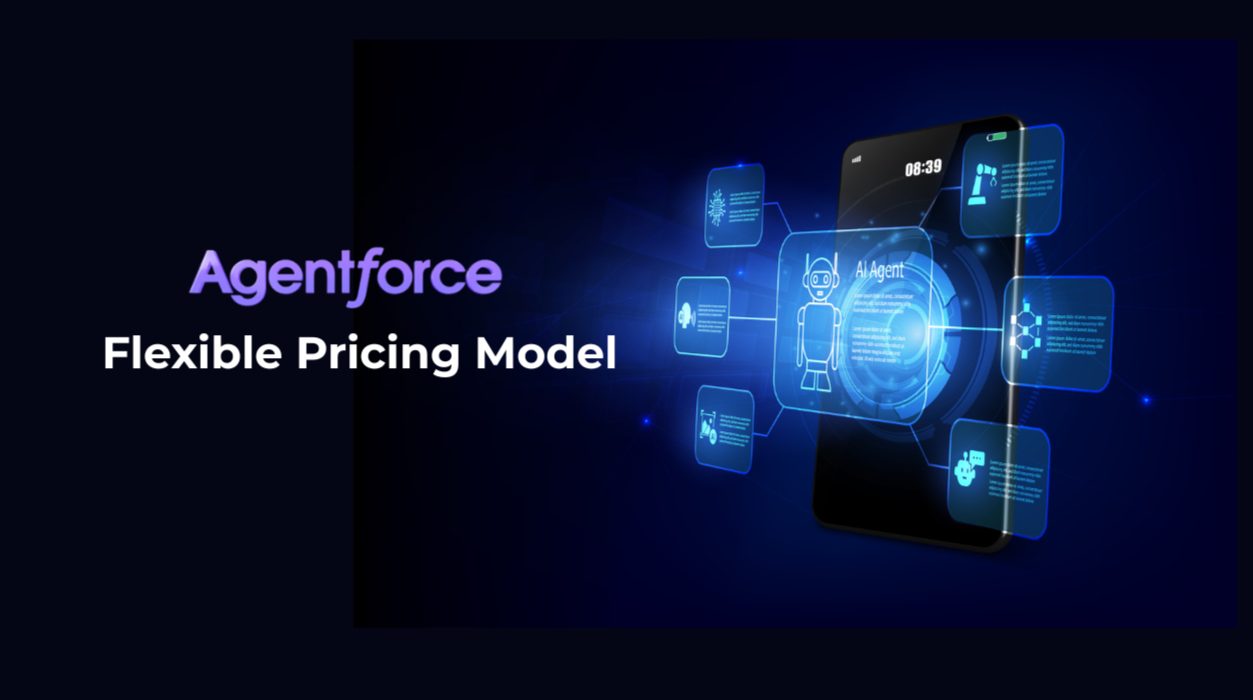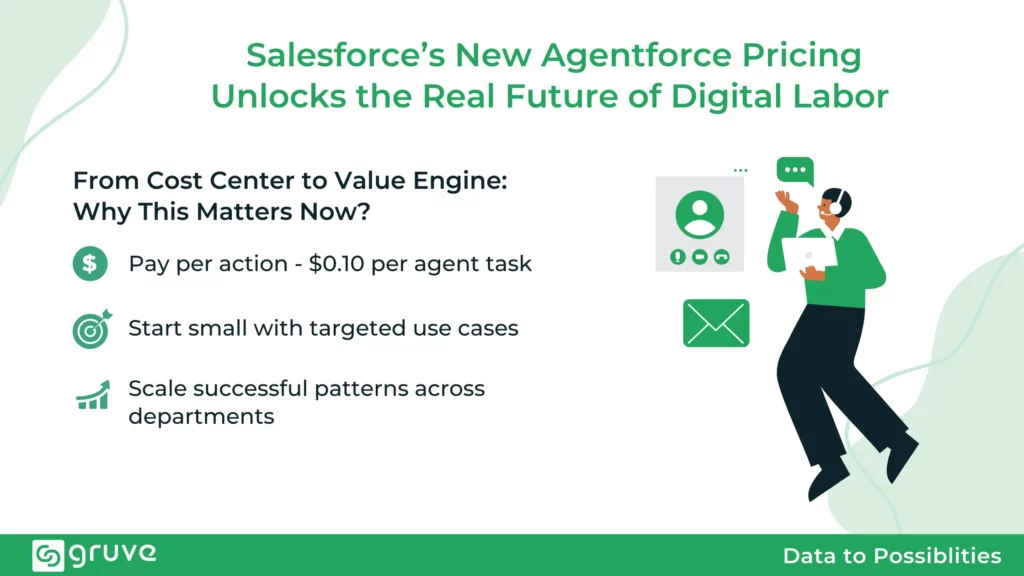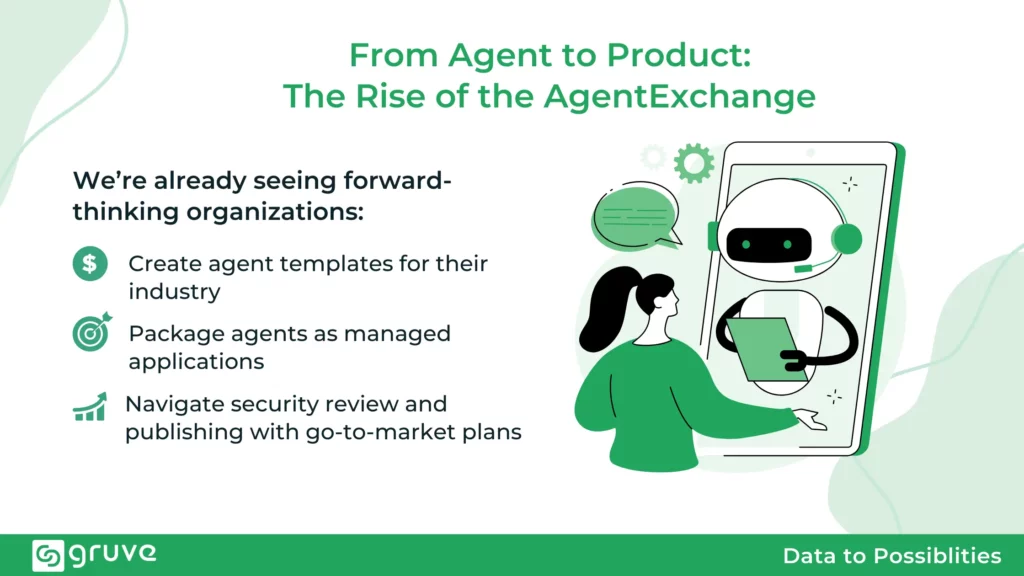The rules of enterprise automation just changed.
With its latest May 2025 release, Salesforce introduced a flexible pricing model for Agentforce that finally reflects how AI should be delivered — aligned with business value, not seat count.
For many organizations, this opens the door to a long-awaited reality: scaling AI agents not as isolated tools, but as true teammates embedded in daily workflows across every department. But with this new flexibility comes new decisions — around investment models, architecture, and rollout strategies.
This is the inflection point. And those who understand how to act on it will redefine their operating model.
From Cost Center to Value Engine: Why This Matters Now
Until now, AI adoption has been hampered by a paradox: companies want to innovate with intelligent agents, but traditional pricing has made experimentation risky and scaling expensive.
Salesforce’s new Flex Credits model addresses that head-on. By enabling customers to pay per action — just $0.10 per agent task — the model encourages rapid iteration. No more overcommitting to licenses before ROI is proven. Teams can now:
- Start small with targeted use cases
- Validate outcomes quickly
- Scale successful patterns across departments
Even more transformative is the Flex Agreement, which allows organizations to shift budget fluidly between human users and digital labor. For the first time, digital labor can be treated as a dynamic asset, not a fixed cost.
This isn’t just a pricing change. It’s an operational unlock — enabling leaders to reimagine how work gets done.
Strategy Over Hype: Where to Start With AI Agents
The opportunity is massive, but clarity is critical. The organizations that will succeed aren’t necessarily the first to implement. They’re the ones who match the right AI agents to the right jobs with real operational grounding.
This means asking:
- Where in our business do human bottlenecks limit growth?
- Which processes are structured enough for automation, but nuanced enough to benefit from AI?
- What internal knowledge and data will agents need to perform well?
These are the questions that separate pilot fatigue from scalable success.
At Gruve, we’ve seen that the strongest agent deployments start with a focused pilot that’s designed around real business outcomes. From there, adoption builds momentum naturally — not because of a flashy tech demo, but because value is obvious.
RAG and the Real World: Giving Your Agents Context

RAG enables agents to go beyond general LLM capabilities and anchor their responses in your specific domain knowledge — from internal policy docs to ERP transaction histories.
Salesforce is investing deeply here, with innovations like:
- Advanced Retrieval Models
- Multi-Modal Inputs
- Multi-Agent Orchestration
The organizations that win won’t just plug in these tools, they’ll design data strategies around them. That means surfacing the right knowledge, structuring it effectively, and ensuring privacy and access controls are maintained.
This is where technical depth meets business alignment. And it’s where many early AI initiatives struggle unless you’ve got the right experience in your corner.
From Agent to Product: The Rise of the AgentExchange
As Agentforce matures, more companies will look beyond internal use cases. Agents themselves are becoming shareable IP — capable of being packaged, secured, and deployed as managed solutions.
Salesforce’s AppExchange (and the emerging AgentExchange) is the natural destination.
We’re already seeing forward-thinking organizations:
- Create agent templates for their industry
- Package agents as managed applications
- Navigate security review and publishing with go-to-market plans
The result? Not just efficiency gains, but new revenue streams.
Data Foundations Still Make or Break the Agent
Behind every intelligent agent is a well-architected data layer. No amount of AI can fix inconsistent or siloed data. That’s why the most successful AI transformations begin with data integration and governance.
From SharePoint files to cloud data warehouses, agents need connected, normalized, and queryable data. More importantly, that data needs to be compliant and secure, especially as agents touch customer records, payment data, and personal info.
The technical decisions made here ripple out into agent performance, security posture, and cost.
Final Thoughts: This Is the Moment to Act — Intelligently
Salesforce’s new Agentforce pricing gives organizations unprecedented flexibility to experiment, prove, and scale. But it also shifts responsibility from the platform to you.
What you build, and how you build it, will determine whether AI becomes just another pilot… or the foundation of a more adaptive, efficient, and scalable enterprise.
If you’re ready to go from idea to implementation and beyond, make sure you’re building on the right foundations, with the right guidance.
At Gruve, we’ve helped teams across industries turn the promise of AI into tangible results — with the architecture, strategy, and execution to back it up.
But this moment? This one belongs to you.





